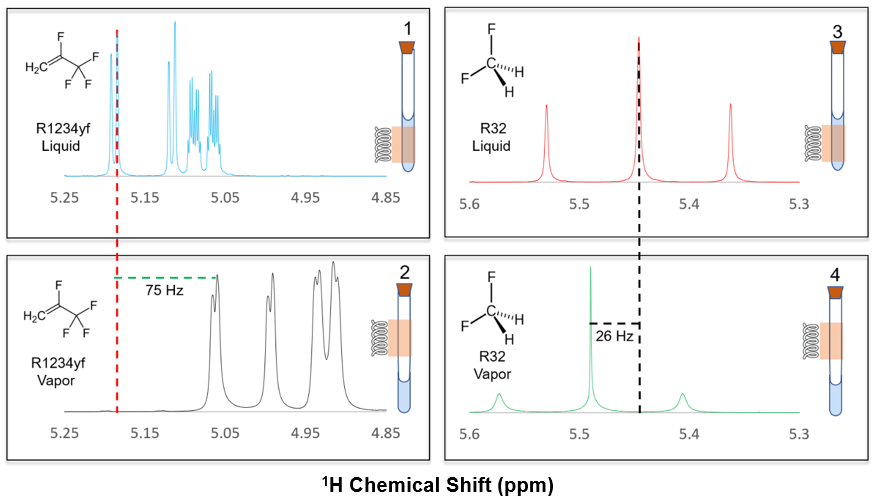Insufficient Sample Preparation
Nuclear Magnetic Resonance (NMR) analysis is a powerful and widely used technique in various scientific disciplines, providing valuable insights into the structure and dynamics of molecules. However, mastering NMR analysis can be challenging, and even experienced practitioners may encounter pitfalls that can affect the accuracy and reliability of their results. In this article, we highlight seven common mistakes to avoid in NMR analysis to ensure the highest quality data and interpretations.
1. Incorrect Shimming
Proper sample preparation is crucial for successful NMR analysis. Insufficient sample purity, improper solvent selection, or inadequate concentration can lead to poor signal-to-noise ratios and distorted spectra. To avoid this, ensure meticulous sample preparation, including purification and proper solvent choice, to obtain reliable and reproducible NMR data.
2. Insufficient Sample Preparation
Shimming is the process of optimizing magnetic field homogeneity in the NMR spectrometer. Failure to perform accurate shimming can result in broadened peaks and reduced resolution, making peak identification and quantification challenging. Always take the time to perform precise shimming to achieve high-quality spectra.
3. Overlooking Baseline Correction
Baseline correction is a critical step in NMR data processing, as it eliminates unwanted signals from the baseline and enhances spectral clarity. Neglecting baseline correction can obscure important spectral features and lead to misinterpretation of results. Pay careful attention to baseline correction to ensure accurate peak integration and quantification.
4. Ignoring Signal Overlap
In complex samples, signal overlap can occur, particularly in crowded regions of the spectrum. Overlooking signal overlap can lead to erroneous peak assignments and quantifications. Utilize advanced spectral processing techniques and conduct 2D NMR experiments to resolve overlapping signals accurately.
5. Inadequate Spectral Calibration
Accurate spectral calibration is essential for precise chemical shift determination and reliable peak assignments. Failing to calibrate the NMR spectrum correctly can introduce errors in peak positions and compromise the accuracy of structural elucidation. Always use appropriate calibration standards and reference compounds for precise chemical shift referencing.
6. Mishandling Relaxation Effects
Relaxation effects can significantly impact NMR signal intensities, particularly in quantitative analysis. Mishandling relaxation effects, such as not allowing sufficient relaxation time between scans, can lead to inaccurate quantification and concentration determination. Incorporate proper relaxation delays and consider relaxation correction methods when performing quantitative NMR experiments.
7. Neglecting System Performance Verification
Regularly verifying the performance of the NMR system is essential to ensure reliable results. Neglecting system performance verification, including probe tuning, temperature calibration, and lock signal optimization, can compromise data quality and invalidate experimental outcomes. Schedule routine system checks and maintenance to maintain the accuracy and precision of NMR analysis.
Conclusion
Nuclear Magnetic Resonance (NMR) analysis is a highly effective method for studying molecular structures and dynamics. However, it is essential to avoid common errors that can affect the quality and understanding of the data. To achieve reliable and accurate NMR results, researchers must focus on proper sample preparation, precise shimming, baseline correction, and accounting for signal overlap and relaxation effects. Regularly checking the performance of the NMR system is also crucial to maintain consistent and dependable data acquisition. By avoiding these pitfalls, scientists can maximize the benefits of NMR analysis in their research and various applications.

